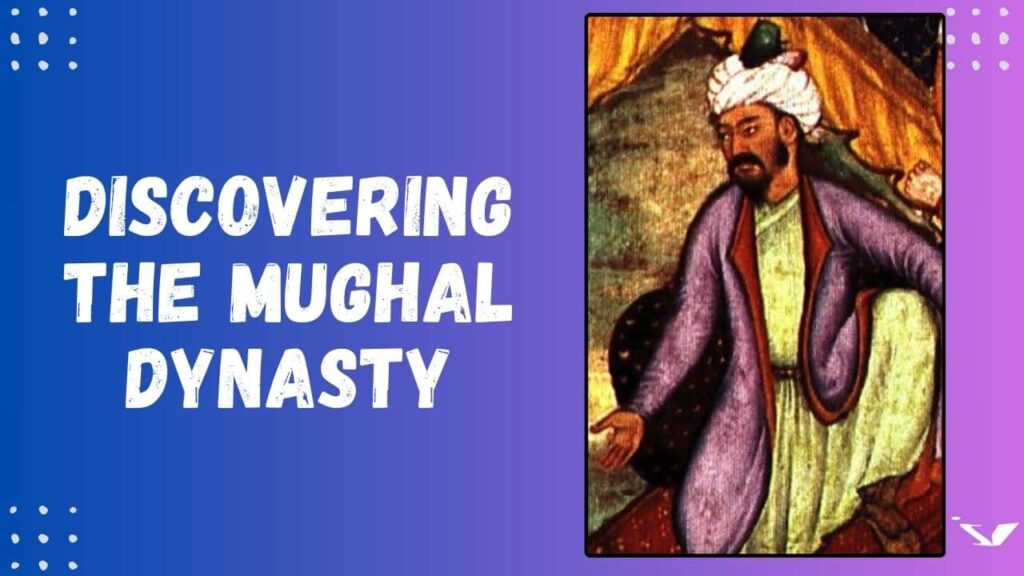The Mughal Dynasty stands as a remarkable chapter in the tapestry of world history, a testament to the blending of cultures and the creation of vast empires. From its humble beginnings to its zenith of power, the Mughals left an indelible mark on the Indian subcontinent. Let’s embark on a journey through time, exploring the various facets of this fascinating dynasty.
I. Introduction
A. Brief overview of the Mughal Dynasty
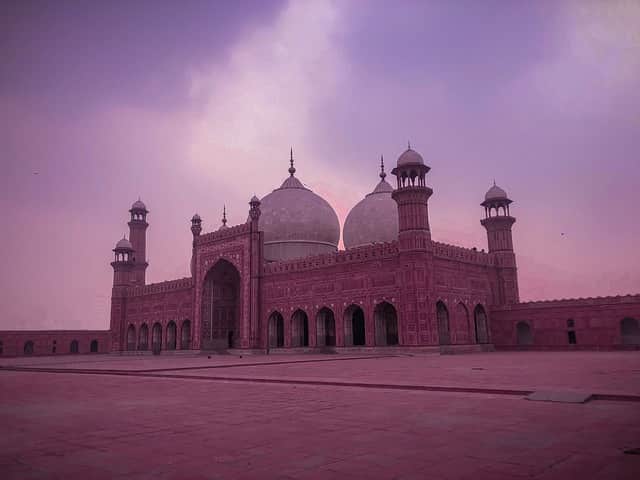
The Mughal Dynasty, founded by Babur in 1526, emerged as a powerful force that shaped the Indian subcontinent for centuries. With roots in Central Asia, the Mughals brought with them a rich cultural heritage that blended seamlessly with the diverse traditions of India.
B. Significance of the Mughal Dynasty in history
Spanning over two centuries, the Mughal Empire played a pivotal role in shaping the socio-political landscape of South Asia. Known for their military prowess, the Mughals also fostered a vibrant cultural renaissance, leaving behind a legacy that continues to influence modern India.
II. Early Roots and Rise to Power
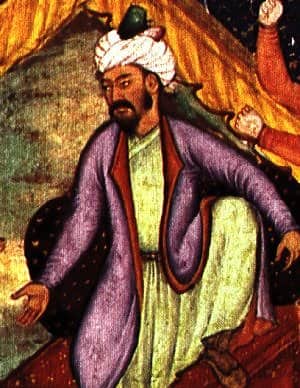
A. Babur’s establishment of the dynasty
Babur, a descendant of Timur and Genghis Khan, laid the foundation of the Mughal Empire after the Battle of Panipat in 1526. His strategic acumen and military genius set the stage for the dynasty’s rise to prominence.
B. Expansion under Akbar the Great
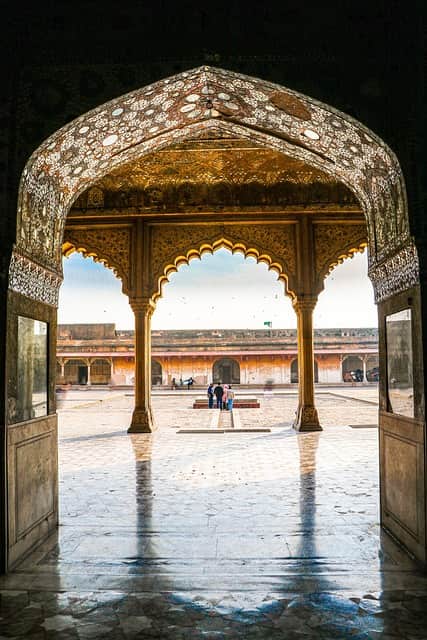
Under the visionary rule of Akbar, the Mughal Empire expanded to its zenith, encompassing a vast territory. Akbar’s policies of religious tolerance and cultural integration paved the way for a harmonious coexistence of diverse communities.
C. Cultural and religious tolerance
One of the hallmarks of the Mughal Dynasty was its commitment to religious and cultural diversity. Akbar, in particular, promoted a syncretic blend of Hindu, Muslim, and Persian traditions, fostering an environment of inclusivity.
III. Architectural Marvels
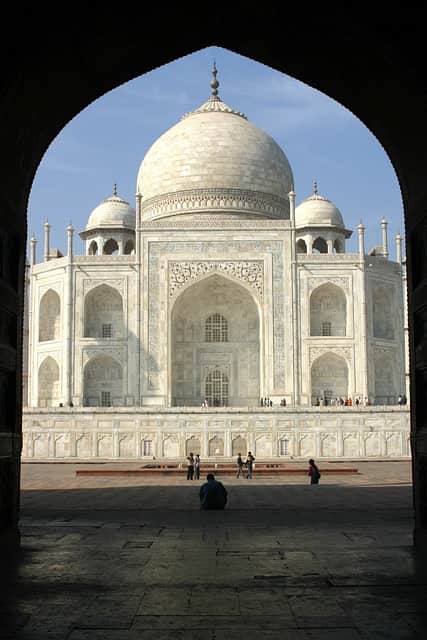
A. The grandeur of the Taj Mahal
No exploration of the Mughal Dynasty is complete without marveling at the Taj Mahal. Commissioned by Shah Jahan in memory of his wife Mumtaz Mahal, this architectural masterpiece stands as a symbol of eternal love and artistic brilliance.
B. Forts and palaces across India
The Mughals were prolific builders, leaving behind a trail of forts and palaces that dot the Indian landscape. Each structure reflects a fusion of Persian and Indian architectural styles, showcasing the dynasty’s commitment to cultural synthesis.
C. Influence of Persian and Indian architecture
The Mughals seamlessly blended Persian elegance with Indian grandeur in their architectural endeavors. This amalgamation gave rise to a unique style that continues to captivate architects and historians alike.
IV. Art and Culture Flourishing
A. Mughal miniature paintings
The Mughal era witnessed a flourishing of artistic expression, particularly in the form of miniature paintings. These intricately detailed artworks depicted scenes from everyday life, royal court events, and epic tales, showcasing the refinement of Mughal aesthetics.
B. Impact on literature and poetry
Mughal patronage extended to the realms of literature and poetry, with renowned poets like Mir Taqi Mir and Abdul Rahim Khan-i-Khana finding favor in the imperial court. Their works remain a testament to the cultural richness of the era.
C. Fusion of Persian and Indian artistic styles
In the world of art, the Mughals achieved a harmonious blend of Persian sophistication and Indian vibrancy. This fusion not only adorned the walls of palaces but also influenced the cultural fabric of the society at large.
V. Economic Prosperity
A. Agricultural advancements
The Mughal Dynasty implemented innovative agricultural practices that significantly boosted food production. Introducing crops like cashew and introducing the concept of crop rotation, the Mughals laid the groundwork for economic prosperity.
B. Trade and commerce during the Mughal era
The Mughal Empire became a hub for trade and commerce, fostering economic growth through a network of well-organized markets and trade routes. This period witnessed a flourishing trade in textiles, spices, and precious gems.
C. Introduction of a standardized currency
To streamline economic transactions, the Mughals introduced a standardized currency system. This move not only facilitated trade within the empire but also contributed to the establishment of a robust economic structure.
VI. The Mughal Decline
A. Factors contributing to the decline
Despite its glorious achievements, the Mughal Dynasty faced internal strife and external pressures that led to its gradual decline. Inefficient governance, succession disputes, and external invasions weakened the once-mighty empire.
B. Invasion and colonization by foreign powers
The 18th century witnessed the invasion of the Mughal territories by foreign powers, further hastening the decline. The British East India Company, in particular, played a pivotal role in subjugating Mughal authority.
C. Legacy of the Mughal Dynasty
Though the empire itself diminished, the Mughal legacy endured through its cultural, artistic, and architectural contributions. The imprint of the Mughals on the Indian subcontinent remains an integral part of the region’s identity.
VII. Mughal Influence on Modern India
A. Cultural and architectural legacy
The Mughals continue to shape the cultural landscape of modern India. Their architectural marvels stand as living monuments, attracting tourists and inspiring contemporary architects.
B. Continued impact on Indian cuisine
Mughal influence is palpable in Indian cuisine, with dishes like biryani and kebabs bearing the imprint of Mughal culinary traditions. The fusion of flavors introduced by the Mughals remains a cherished part of the Indian culinary heritage.
C. Reflections in contemporary Indian society
Beyond tangible monuments and flavors,
the Mughal Dynasty’s ethos of cultural harmony resonates in the diverse fabric of contemporary Indian society. The spirit of inclusivity fostered by the Mughals remains a guiding principle in the nation’s journey.
Conclusion
In conclusion, the Mughal Dynasty’s journey from its inception to decline is a tapestry woven with threads of cultural synthesis, architectural brilliance, and economic prosperity. Despite facing challenges, the Mughals left an enduring legacy that continues to shape India’s identity. The fusion of cultures during their rule exemplifies the beauty of diversity, a lesson that remains relevant in our interconnected world.
Unique FAQs
What is the significance of the Taj Mahal in Mughal history?
The Taj Mahal is a symbol of love, commissioned by Shah Jahan in memory of his wife Mumtaz Mahal. Its grandeur reflects the architectural brilliance of the Mughals.
How did the Mughals contribute to Indian literature?
Mughal patronage led to the flourishing of literature and poetry, with poets like Mir Taqi Mir leaving an indelible mark on the cultural landscape.
What factors led to the decline of the Mughal Dynasty?
Internal conflicts, inefficient governance, and external invasions, particularly by the British East India Company, contributed to the decline of the Mughal Empire.
How does Mughal influence manifest in modern Indian cuisine?
Mughal culinary traditions, including dishes like biryani and kebabs, continue to influence and enrich modern Indian cuisine.
In what ways does the Mughal legacy endure in contemporary Indian society?
The Mughal Dynasty’s emphasis on cultural harmony and inclusivity remains a guiding principle in contemporary Indian society, reflecting in diverse aspects of life.
Picture credits: https://www.pexels.com/ ; https://pixabay.com/ ; https://picryl.com/
Like this post?
Give a glance to our other posts too : https://indyviews.in/blogsy/
